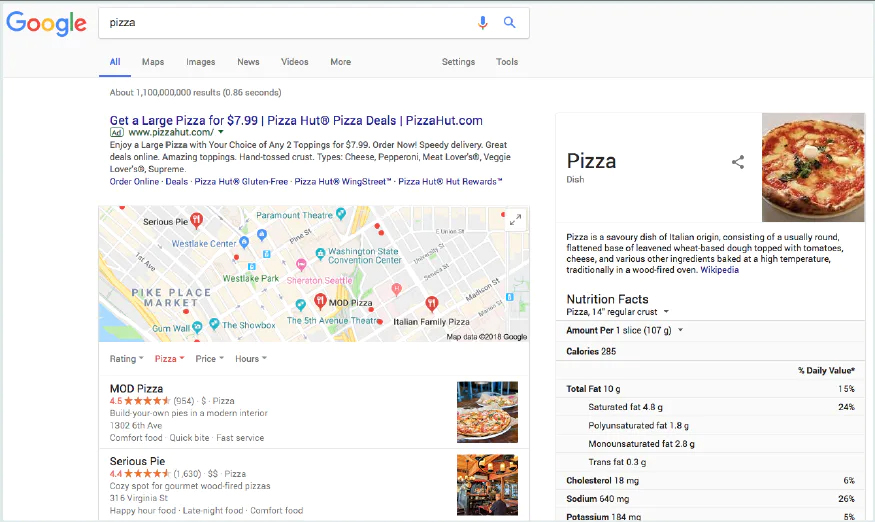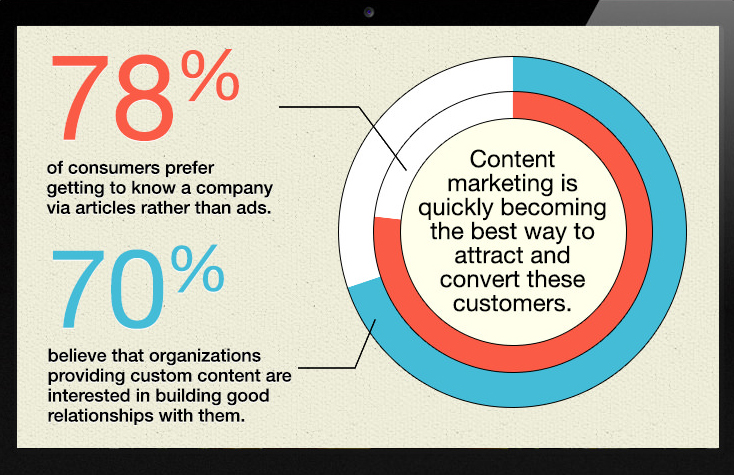
Every online customer knows they can share reviews across a range of different social media platforms. With one simple tweet, status update, or blog post, they can reach thousands of people right away.
In one negative post from a dissatisfied customer, lies the potential to ruin your brand image. With that in mind, it’s vital you provide the best customer service possible. Customer service should form the center of your ecommerce business strategy, because by providing excellent customer service, you create satisfied customers.
“A satisfied customer is the best business strategy of all.” The wise words of business author Michael LeBoeuf, summing up the importance of customer service for the success of any venture.
According to the Microsoft State of Global Customer Service report for 2016, “97% of customers say customer service is very important to them. Interestingly, by 2020, customer experience has been predicted to take over price and product as the key brand differentiator.
Let’s have a look at the 13 practices you should consider when creating incredible customer service at your business.
1. Develop a multichannel strategy
A multichannel strategy blends different promotional and distribution channels, positioning you to reach, connect, and build rapport with your customers. An effective multichannel strategy is often optimized for results — that’s the end goal.
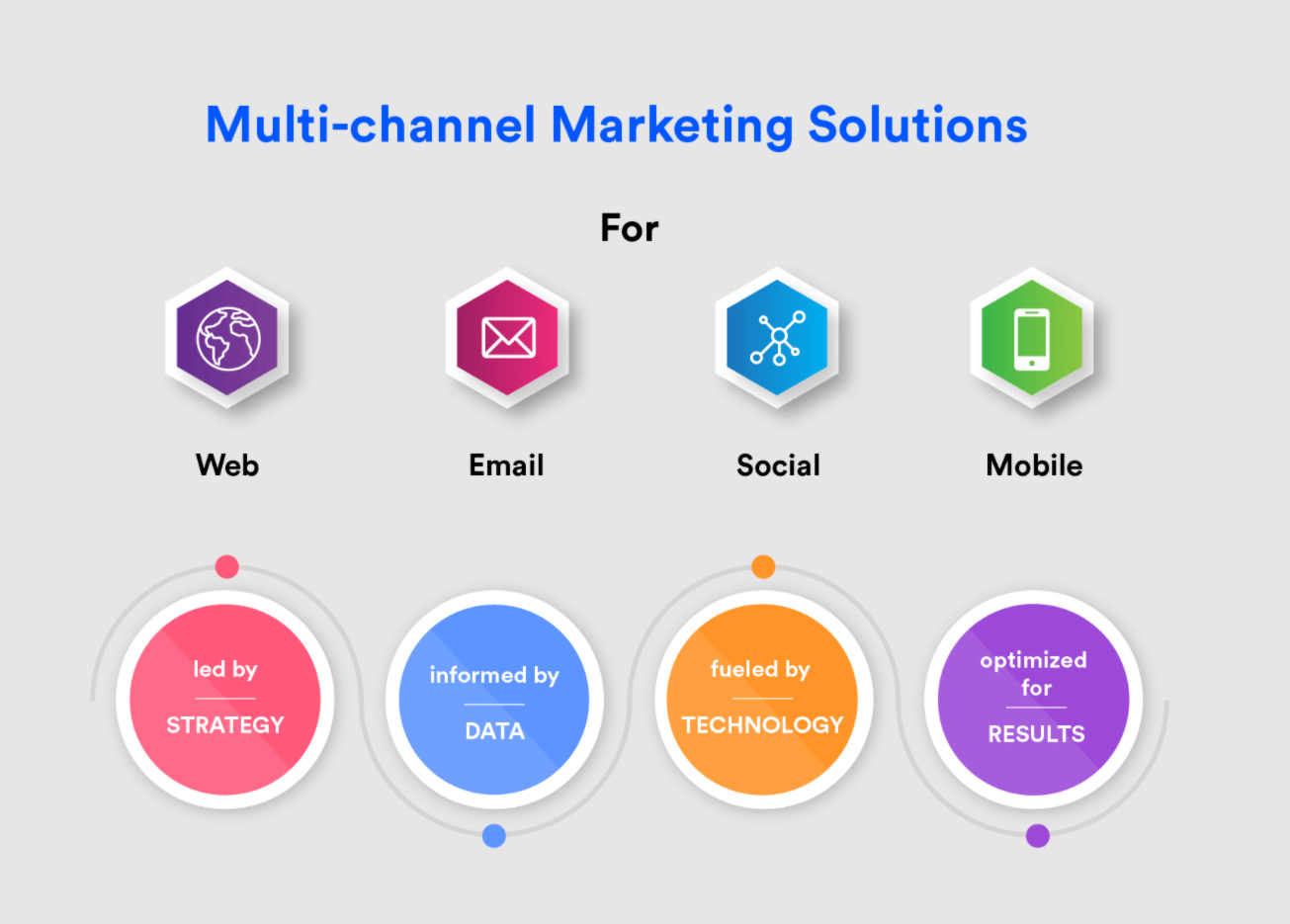
There is fierce competition in ecommerce throughout the world today, so when brands are unable to determine the best channel to use for customer service, they suffer. However, If you want to deliver top-notch customer service, you can’t rely on one channel only. The days of limiting customers are gone.
Are your customers on Facebook, WhatsApp, live chat? Do they prefer to be serviced by email or phone calls? No problem. Make it happen. Developing a multichannel strategy means you can be wherever your customers need you to be. A study by Aberdeen Group found that companies with the strongacquire.io/live-chatest multichannel customer engagement strategies retain an average of 89% of their customers. The goal is to take the service directly to your customers — they shouldn’t have to come and ask for it. Give them an easier life by removing the pain of waiting days for a response.
When you establish these ecommerce customer service channels, ensure you let your customers know about the options available to them. But most importantly, deliver quality customer service across all the channels you provide.
If you want to deliver omnichannel experiences that resonate with your customers, check out this podcast on how to improve your service and brand on Shopify and beyond.
2. Offer live chat
Live chat applications on websites provide a quick means of communication with customer service representatives and a way to resolve customers’ challenges. There are many reasons you can benefit from offering a live chat service on your ecommerce website. Not least the fact that customers love it. According to Econsultancy, live chat is the preferred method for customer service.
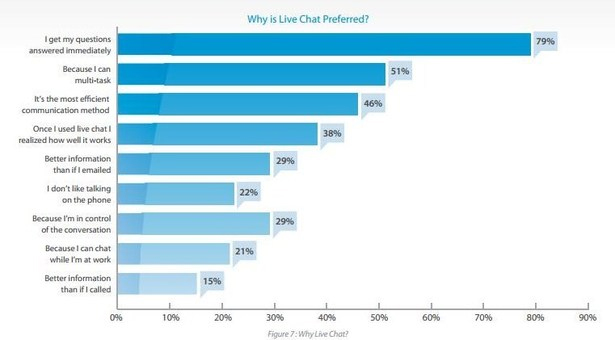
Customers may decide to leave your website if they face challenges in trying to purchase, but with live chat in place, they can quickly contact you to resolve them. It also provides a perfect point of contact for queries regarding product warranty, return policy and payment process.
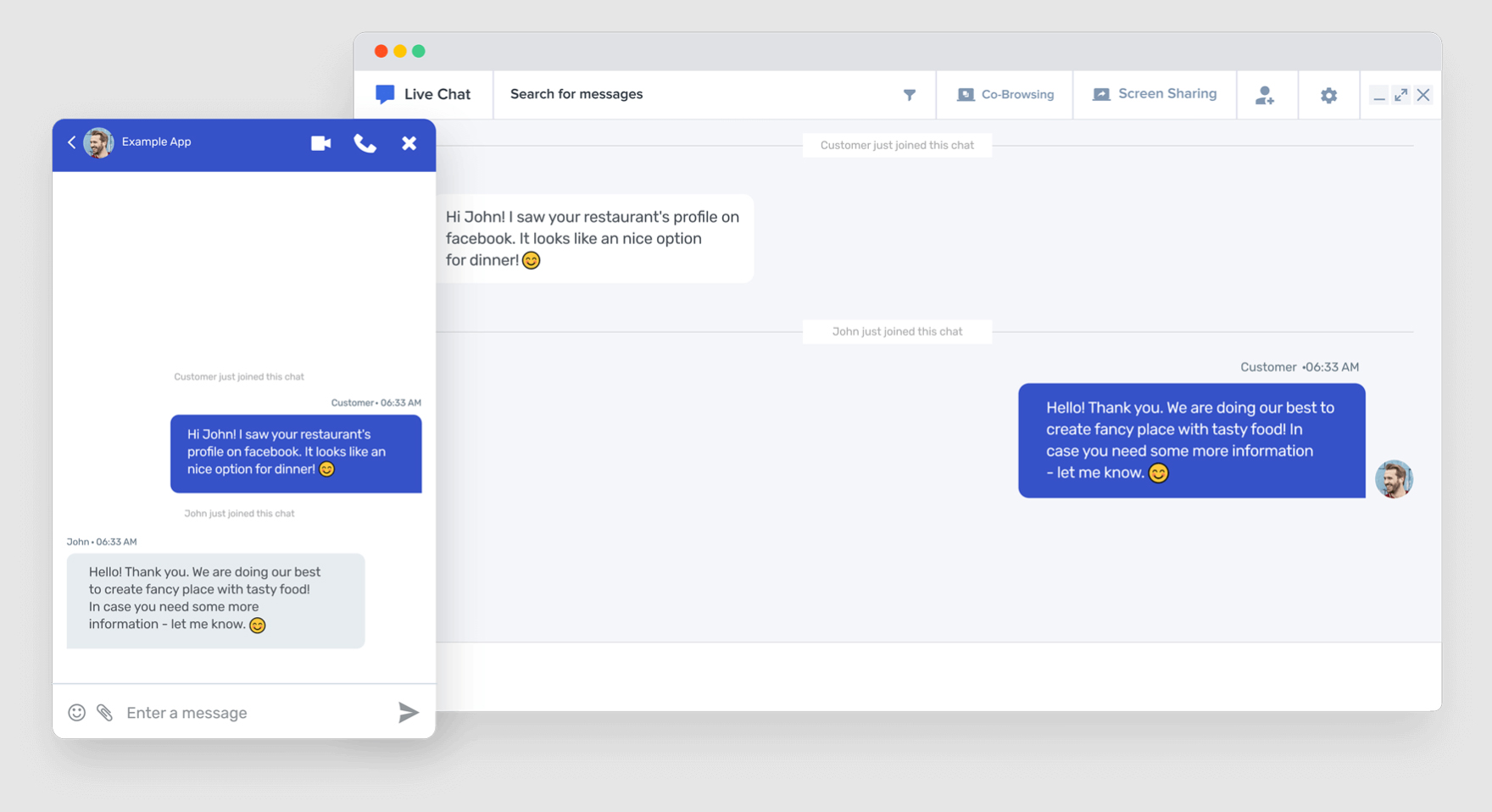
Adding live chat into your customer service strategy is a no-brainer. If you’re already providing live chat on your ecommerce site, check your chat history periodically to see how effective your conversations with customers have been.
3. Proactive customer service
“Here is a powerful yet simple rule. Always give people more than they expect to get.” – Nelson Boswell
Excellent customer service practices create positive relationships. In order to offer exceptional customer service, adopt a proactive customer service approach, dealing with potential issues before they arise. When ecommerce companies operate in this way, they are seen as partners, rather than abstract organizations.
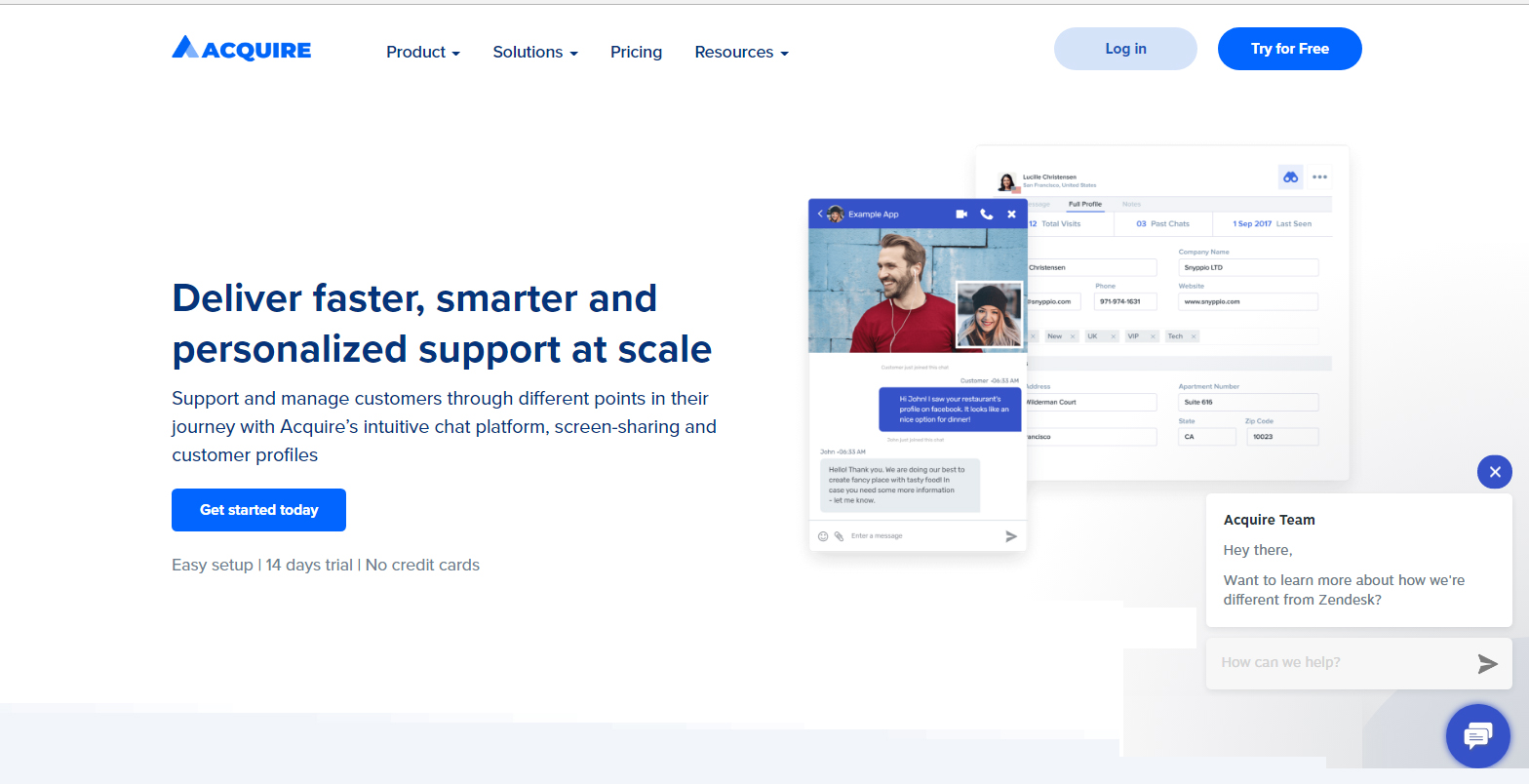
According to one report, 50% of customers think it’s important to solve product or service issues themselves and 70% expect a company’s website to include a self-service application.
A FAQs section including answers to all the commonly asked questions gives customers access to instant solutions without needing to contact customer support. It’s still important to display contact information clearly, though, so that customers can easily reach you if they can’t handle the issue themselves.
4. Personalize your email campaigns
Have you ever walked into a shopping mall and one of the staff recognized you, reached out and said, “Hi, John, we got a new style of the shirt you bought on your last visit, would you like to check it out?”
How would you feel? It would certainly stand out.
A study has shown that 94% of businesses agree that personalization is critical to their success, yet many ecommerce websites still send this type of emails:
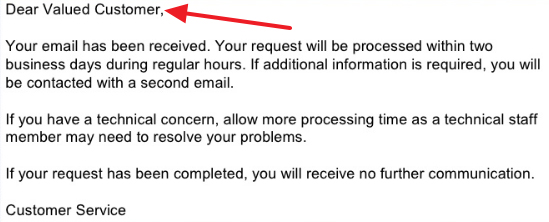
Emails without personalization are easy to ignore. They do not directly address the customer — perhaps they even think it’s an error, or simply nothing to do with them. A personalized message mentioning your customer’s name, on the other hand, makes customers feel acknowledged and boosts email open rates.
Have a look at this:

This email is clearly going to perform better than the previous one. Just by mentioning their name inside the body of the message, you make things so much more personal.
5. Forecast inventory need
Forecasting your inventory needs in advance helps fulfill customer demands on time.
- Calculate your reordering point – how much to order and when.
Ordering excess quantities will result in carrying the cost of inventory, whereas ordering less will result in an increased need to replenish stock. The below calculations show you the exact number of items that you need to order at any particular time. If you know you reorder point, you can plan your purchases in advance and make sure you have the right amount of inventory at the right time.
Reorder Point Calculation
Reorder point = (Lead Time + Safety Level Stock + Basic Stock) * Unit Sales
LEAD TIME: The number of days between issuing a purchase order and receiving the product(s).
SAFETY LEVEL STOCK: The number of days’ worth of inventory you keep in case of emergency.
BASIC STOCK: The number of days’ worth of inventory you normally keep to hand.
UNIT SALES PER DAY: The average number of products you sell each day.
Safety Level Stock Calculation
Safety Level Stock = (Maximum Daily Consumption * Maximum procurement time in days ) – ( Average Daily Consumption * Average procurement time in days)
6. Optimize and automate online order fulfillment
If you haven’t already, it’s high time to move away from a manual order fulfillment system to an automated one. Manual order fulfillment systems are slow, inefficient, and prone to human error. Using an automated system to handle the whole process from beginning to end will save you time, improve your productivity, and increase customer satisfaction.
One of the best examples of this is of Amazon FBA – If you are using FBA (Fulfillment by Amazon) for stocking and shipping, the service simplifies things by fulfilling orders on your behalf. Using Amazon FBA, you can calculate the shipping costs in real-time from various sources and choose the most cost-effective service.
7. Find the gaps in your order management process
This is a common problem in the ecommerce industry. When parts of the order management process system aren’t effectively stitched together, then issues can arise and inaccuracies abound.
Gaining visibility in the order fulfillment process is the most important aspect of a successful order delivery model. If the fulfillment process is not streamlined, businesses end up sending the wrong order, or customers miss out on the delivery entirely.
Automation helps guard against this issue as it cuts out the human error that is so often the cause for these kinds of miscommunications.
8. Sell your brand via storytelling
“It’s easier to love a brand when the brand loves you back.”– Seth Godin
Enough with the sales emails, blog posts, and other marketing content. Start telling your brand story in a way that resonates with your customers, leaving them wanting to buy. Customers don’t like being sold to, but engaging them with information they are looking for, and is consistent with your brand, will keep your brand fresh in their mind, turning them into brand advocates.
Rather than being pushy, content marketing allows you to create value for your customers and encourage them to buy. A good example of a storytelling business is Jewelry brand Dannijo, founded by sisters Danielle and Jodie Snyder in 2008. They believe trustworthy storytelling is the key to creating a successful brand. The sisters use Instagram to display snaps of their own lives, along with lifestyle pictures including their products, and photos of celebrities or models wearing them.
9. Connect and engage with mobile customers
Your customers are mobile savvy, so you should be too. Ensure that your payment processor accepts payments on mobile devices. Some ecommerce sites don’t provide payment options for mobile users, but that is a sure-fire way to miss out on sales. No customer wants to pick out what they want to buy, only to find they can’t then checkout. Providing a secure mobile payment system for your customers makes complete sense. Neglect mobile customers at your peril.
10. Offer 24-hour phone support
In some situations, customers prefer talking to a customer representative over the phone. If possible, develop 24-hour phone support capabilities to meet these needs and keep customers engaged. There are several products available to take voicemails when you’re not online. However, with a 24-hour live answering service, you give your customers the chance to communicate with a real person whenever they want. The human touch has a real impact. Invest in this level of support and watch your ecommerce customer service inspire customers and drive more sales.
11. Use customer service software
“The goal as a company is to have customer service that is not just the best, but legendary.”– Sam Walton
When a customer query gets spread across multiple representatives, it can be frustrating. There’s a real danger that customers may not get their questions answered properly. It’s not fair to force your customers to explain their issues over and over again. Using CRM (customer relationship management) software helps you streamline the process — the most popular way of tackling problems is through ticketing: it’s all part of our CRM software.
According to SalesForce, “CRM is a strategy for managing all your company’s relationships and interactions with customers and potential customers. It helps you stay connected to them, streamline processes and improve your profitability.”
A good CRM software will make life easy for you through automation and help you make informed decisions to increase your ROI.
12. Measure customer satisfaction
Measuring your customer satisfaction is important because it’s the most relevant yardstick for improving your overall customer service and marketing strategy. If you’re using CRM software, you can ask customers to complete surveys after each customer support session, recording how they feel about the service they received. You could even send a follow-up email asking them to share their experience, or to write a short review you can put on your website or social media. It’s simple, but this type of feedback is extremely effective, providing invaluable insights into what you’re doing well, and what you could do better.
13. Show billing history
Customers want access to their invoices, their purchase history, every transaction and inquiry they’ve made. They should be able to see all of this on their dashboards. Make sure everything is available and can be easily accessed. If for any reason they can’t access this data at some point, let them know the reasons so they don’t get unduly worried.
The last word
If you want to grow your ecommerce business, provide customers with an unrivalled experience. With proper planning, strategy, and by implementing some of the ideas detailed in this post, your ecommerce business can be a success.




